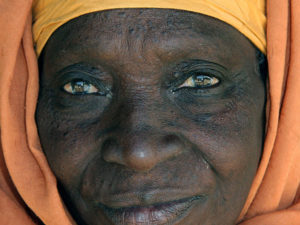Using Aid Effectively to Control Endemic Disease
 Photo Credit: WHO
Photo Credit: WHO
A growing measles epidemic in the southern province of Katanga within the Democratic Republic of the Congo has killed over 300 people and sickened more than 20,000 this year. The United Nations has pledged 2.4 million dollars in aid to help control the outbreak, but medical personal on the ground say money will not solve this problem.
The main issue complicating the vaccination of the provinces’ at-risk children is the lack of infrastructure. The measles vaccine requires cold storage and also must be administered in two doses at least one month apart. Maintaining the vaccines in cold storage while traveling to isolated health centers in Katanga and then ensuring children can make two separate trips to the health center is proving to be a significant obstacle for the vaccination program.
WWRGHD?
The first thing RGH would do is ensure complete vaccination of all at-risk children that live in the affected areas. After the campaign to vaccinate all remaining at-risk children is completed an educational campaign would be established to ensure that all parents know the importance of vaccinating their children. Teachers at all education levels would serve as important voices to the community. Primary level teachers will educate the parents of young children while high school level teachers can educate the young adults who have, or may soon have, their own young children.
Once knowledge of this disease is widespread, the most effective use of aid is to ensure new infrastructure is built in a way than can be maintained by local governments. The building of infrastructure that can be maintained by local workers ensures that even after the aid for building has run out, the roads and power network can still be maintained. A consistent vaccination program will be difficult to sustain without the roads to get the vaccine where it needs to go and the power grid to ensure the vaccine stays cold.
A program must be developed to ensure that the Congolese health centers accurately and consistently provide all the vaccinations a young child needs as well as record new cases of childhood infectious diseases. By thorough recording of results, the effectiveness of specific programs can be determined and programs or funding can be altered to ensure the highest number of people are receiving aid. Additionally, if vaccinated children are still getting sick it may be important to study the rate of vaccinations that successfully lead to full immunization. Finally, the creation of a transparent action plan to accomplish all the aforementioned projects will ensure that money is well spent. Accomplishing these projects will guarantee that the current outbreak is halted and prevent future outbreaks of measles as well as other infectious diseases.




